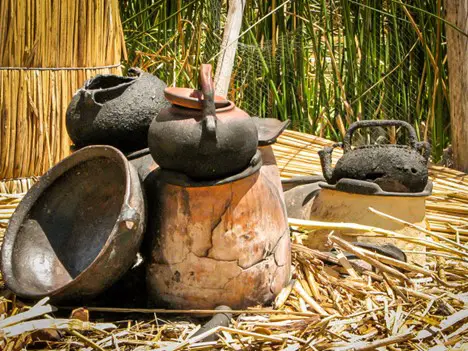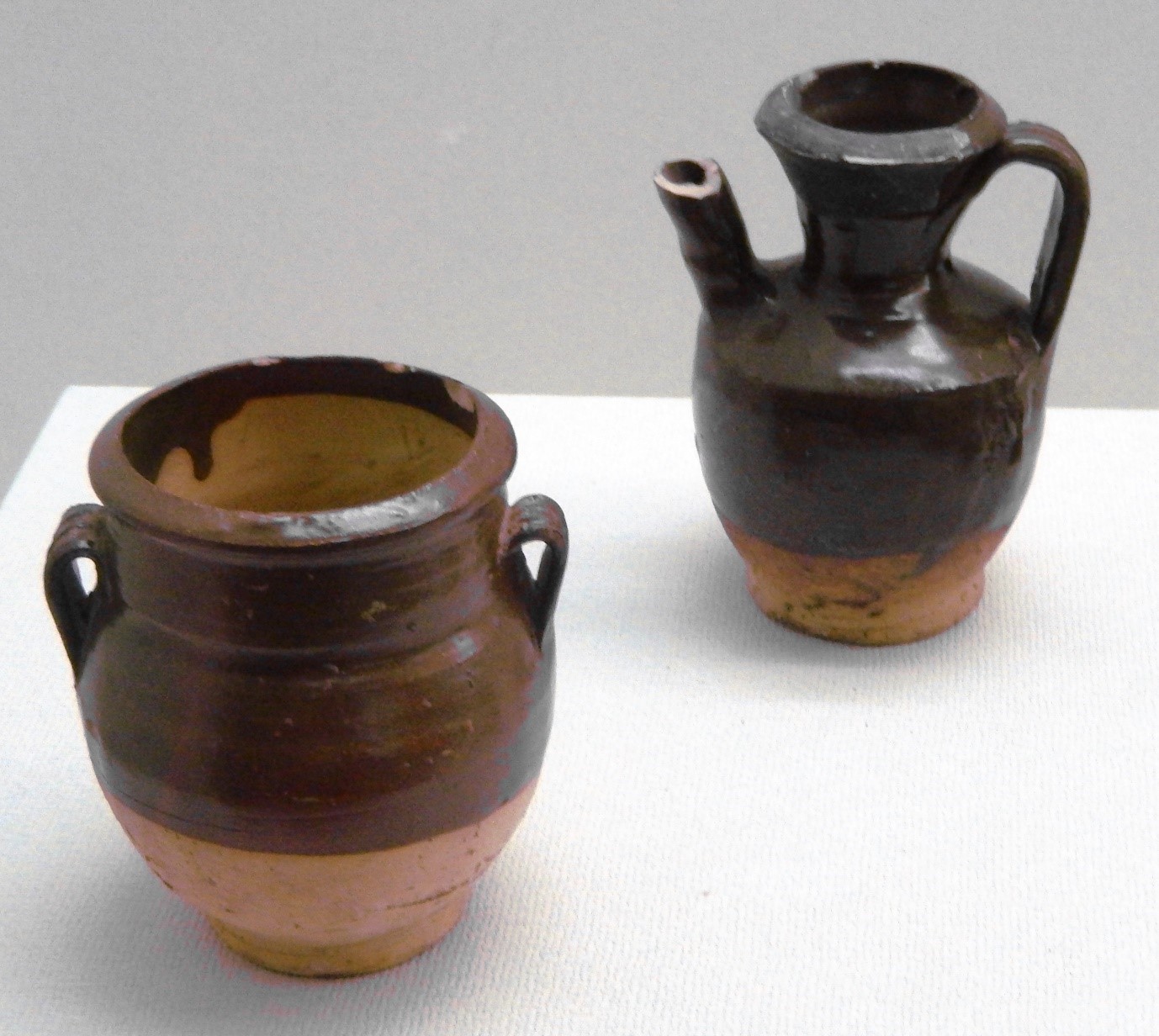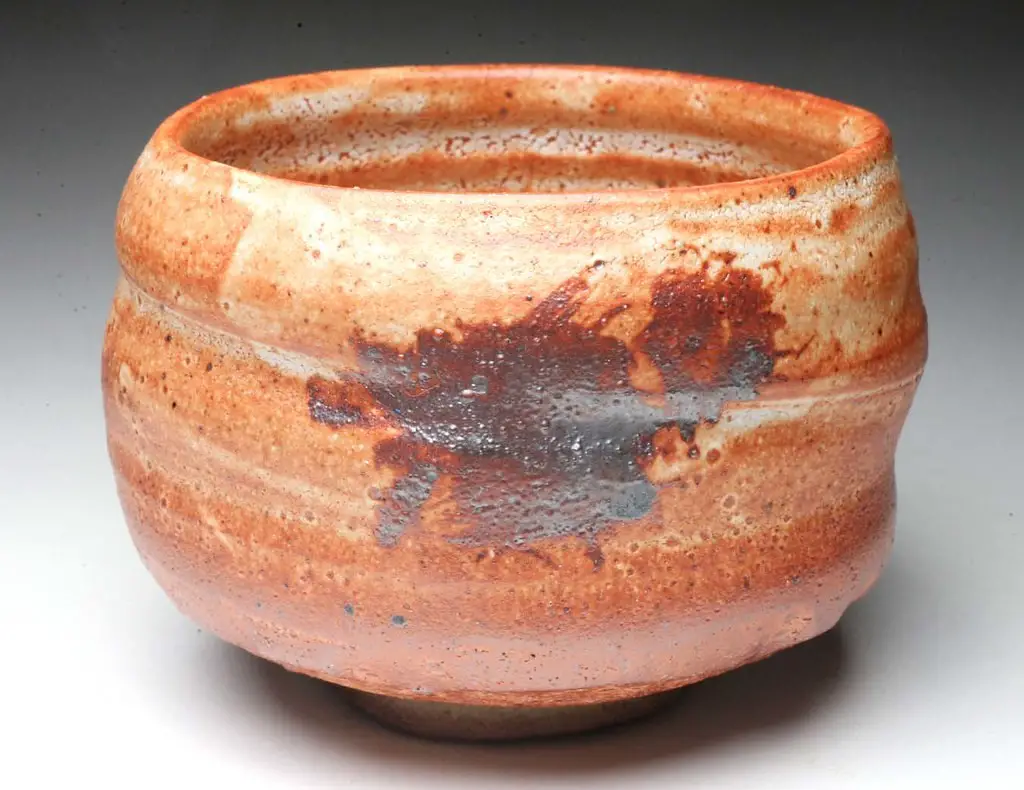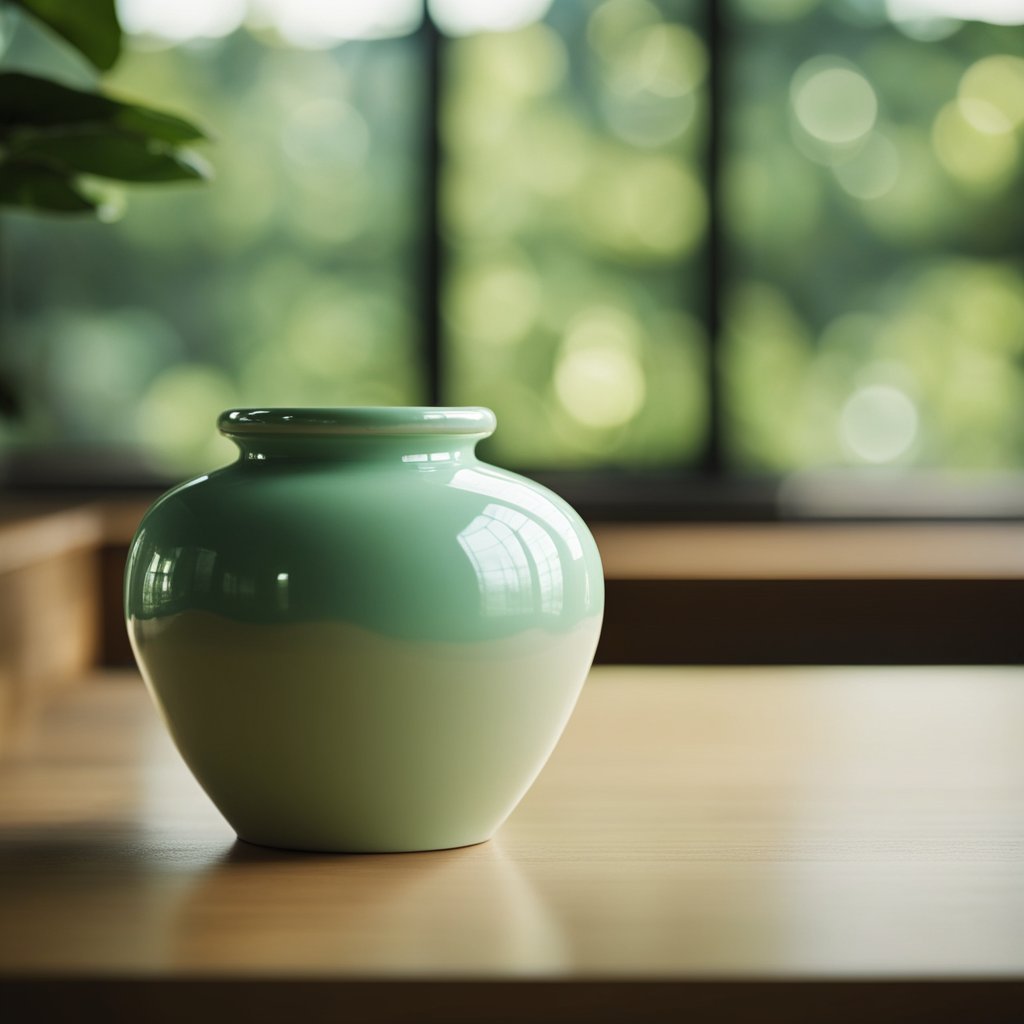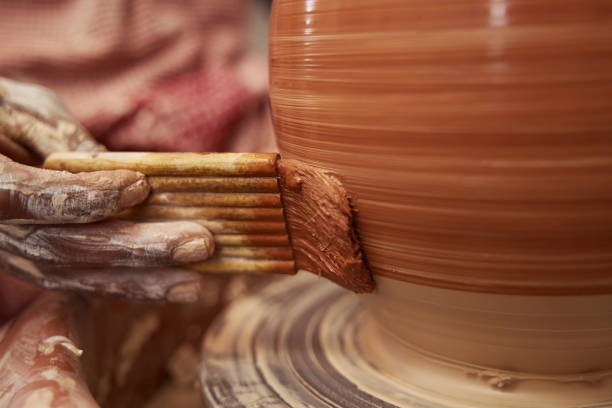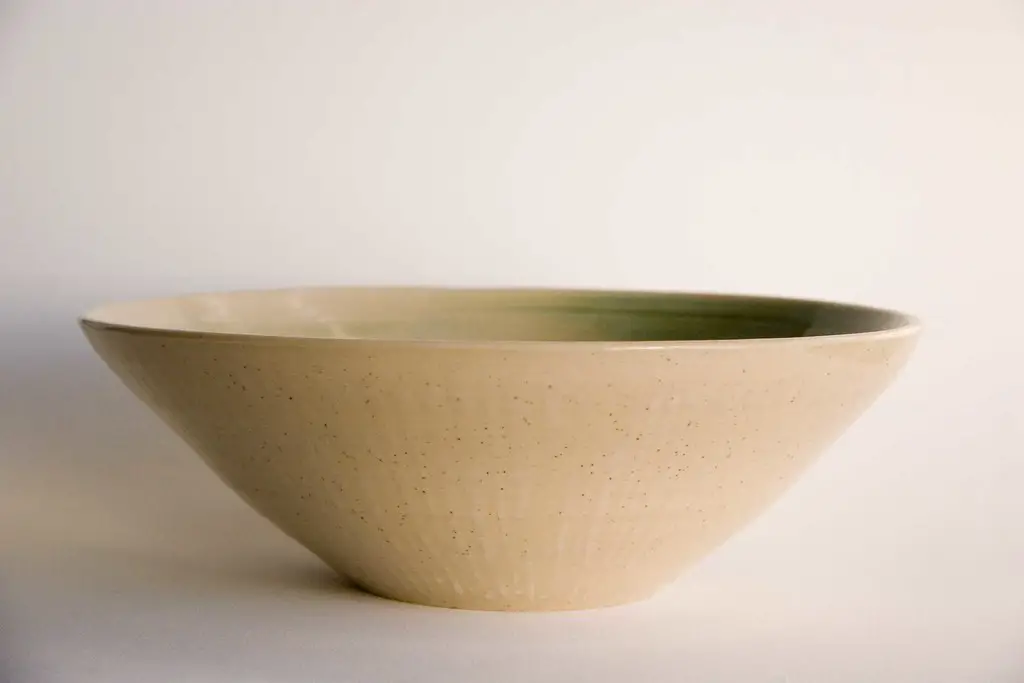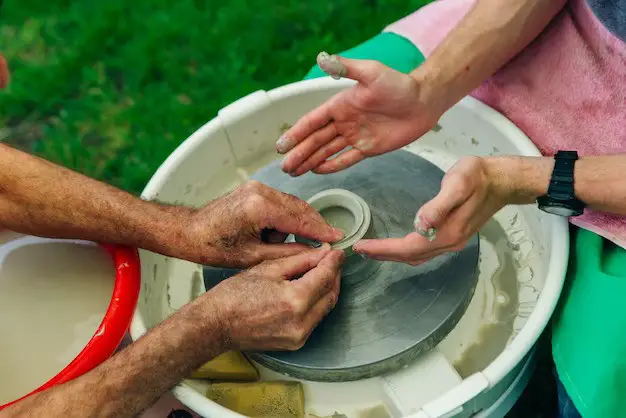Turning clay into a piece of art takes time, energy, and lots of practice. However, even an experienced potter can make mistakes, and it’s nothing to be worked up about. Although rare, there are instances when one might end up burning their pottery pieces in the kiln during the firing process. This results in a waste of clay and hours of hard work. So, who is the culprit here? Is it you? Is it the clay? Or is it the kiln itself? Let us dig in deeper to get the answers and prevent the pottery from getting burnt in the kiln.
What Causes Pottery To Burn: Kiln Or Clay?
When firing your pottery pieces, you might wonder what causes your artwork to burn. Does it have something to do with the kiln and how it is set up or is something wrong with your clay? The answer is both!
Each process leading up to kiln firing plays a role in whether or not your pottery pieces burn. So, here are some factors that might cause your pottery to burn in the kiln.
1. Carbon Impurities In Clay:
Materials used for the ceramic process naturally contain impurities that can affect the appearance, color, and maturing temperature of the product. Carbon is found in all types of clay and is generally considered an impurity. It is also found in binders and additives that make up the pottery process. Yet, it does burn away during the kiln firing process and doesn’t cause any trouble. However, an improper firing process and too many impurities can lead to the burning of the clay in the kiln. This can be avoided by sieving dry clay powder before preparation or keeping the work area clean.
2. Improper Ventilation In The Kiln:
Another reason your pottery can end up burning is if your kiln isn’t well-ventilated. As explained above, the carbon impurities burn up and are released in the form of carbon monoxide. However, if the kiln doesn’t have ventilation, it would eventually end up settling on the pottery itself. This, in turn, would cause your pottery to have a burnt look. When getting your kiln fitted by an electrician, make sure you ask them to check for ventilation. Most electric kilns have dedicated ventilation chambers. However, if yours doesn’t have one, get in touch with someone who can help.
3. Not Firing The Right Clay In The Right Temperature:
If you have an electric kiln, you already have a display that indicates the exact temperature. However, for potters that don’t have access to an electric kiln, determining the right temperature can be tricky. For such art enthusiasts, a firing cone can be of great help.
Here is a quick table to help you find the right clay type depending on the firing cone being used.
| Clay Body | Clay Type | Bisque Temperature | Color | Glaze Temperature |
| Stoneware | Mid To High-Fire Stoneware | Cone 04 To Cone 06 | White, Grey, Buff, Brown | Cone 5 To Cone 10 |
| Earthenware | Low-Fire White Clay | Cone 04 To Cone 06 | Stark White | Cone 06 |
| Terra Cotta | Cone 04 To Cone 06 | Reddish To Dark Brown | Cone 06 To Cone 2 | |
| Porcelain | High-Fire Porcelain | Cone 04 To Cone 06 | White (Tendency To Become Translucent) | Cone 6 To Cone 10 |
4. Trying To Fire Your Pottery Too Fast:
Pottery is an art, and it just cannot be fast-tracked. Yes, you can save up a lot of time if you go through each step carefully. However, a pot that needs to be fired at the right temperature for 5 to 6 hours cannot be done within 2 or 3 hours by simply increasing the temperature. This is something new pottery enthusiasts have been accused of doing time and again. Pottery requires patience, and trying to speed things up would either cause your pottery to burst or burn up.
So, it is recommended that you let your pottery piece sit inside the kiln and opt for slow firing at the right temperature.
5. Keep Your Kiln Clean:
Creating beautiful pieces of artwork can be exhausting, and surely you can skip a day or two of cleaning. However, anything that is inside the kiln will burn and can affect your pottery output as well. This is especially true for different types of glaze used for your pottery work. Imagine you used a glazed that fires at a lower temperature and then, in your second batch, used one that fires at a much higher temperature.
It is obvious that the low-fire glaze would fume up inside the kiln, settle on your clay pieces and even burn due to the high temperature. So, what can you do? If you plan on firing the same type of pottery pieces with the same materials, like glazes and additives, you can skip cleaning for a while.
However, if you wish to fire different types of pottery pieces, a kiln wash is key. You can use the Fireworks Kiln Wash that prevents glaze or any other form of pottery residue from sticking or fusing to the kiln.

How To Clean Your Kiln With A Kiln Wash?
Also known as a shelf primer, this liquid substance is ideally brushed onto the kiln shelves. This prevents the glaze from your pottery from sticking to the shelf. Although there are several recipes available online to make a kiln wash at home, it is easier to opt for a pre-mixed kiln wash online.
Kiln wash is recommended to be used after each glaze firing. However, if you skip doing so, you might end up working hard to remove a stuck piece of dried glaze from the shelves. This is both tedious work and damaging to your shelf’s smooth surface.
Conclusion
Before you fire your main batch, make sure you always test fire and check if everything is perfect with your kiln. This habit will ensure your hard work isn’t wasted. Remember, slow is the key with pottery! Check for these issues explained above before you start firing any of your beautiful pottery pieces. Finally, do not hesitate to ask for help from professionals!

